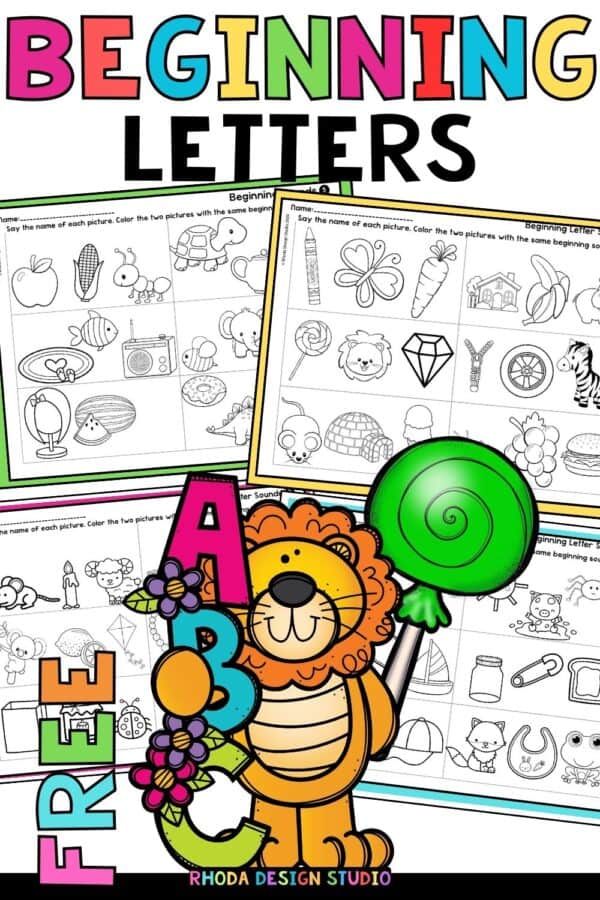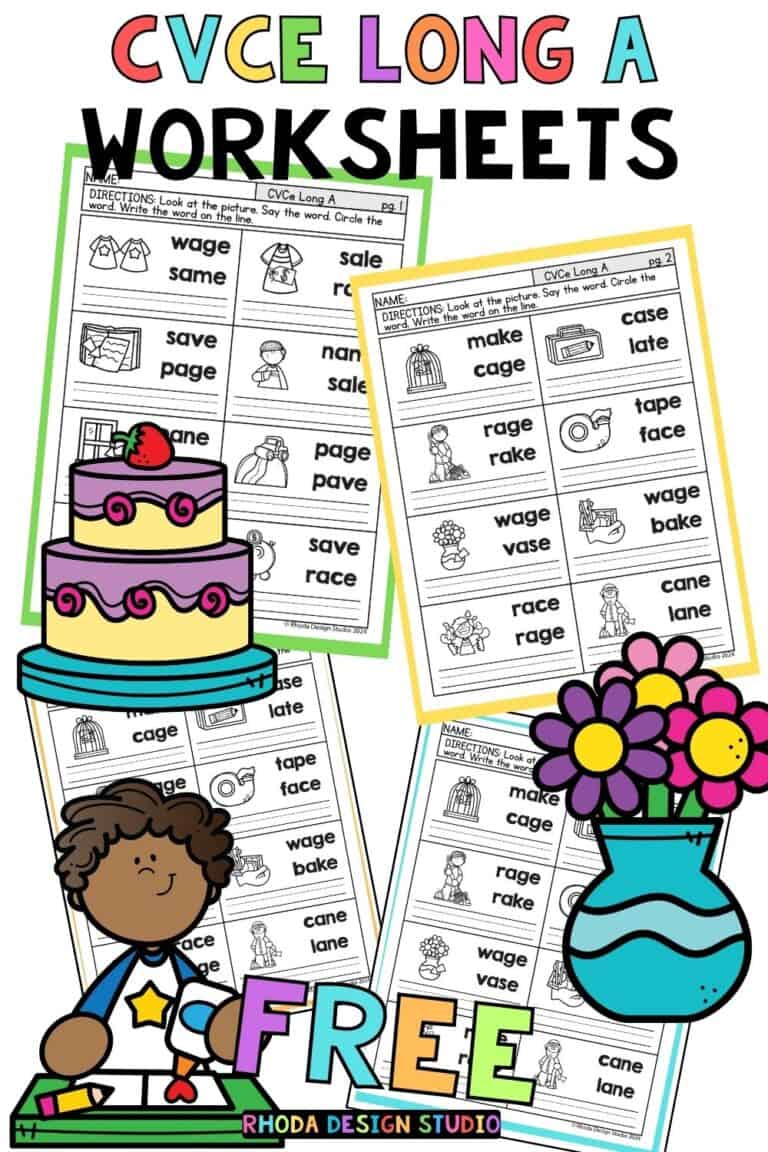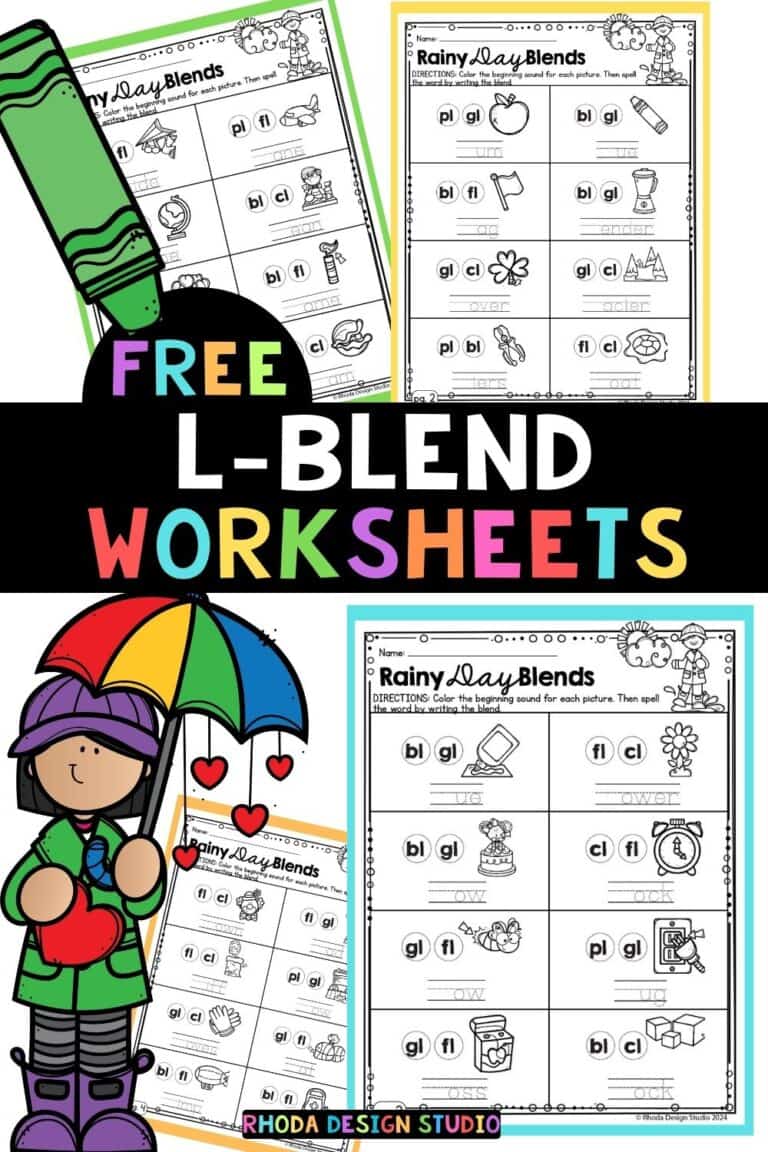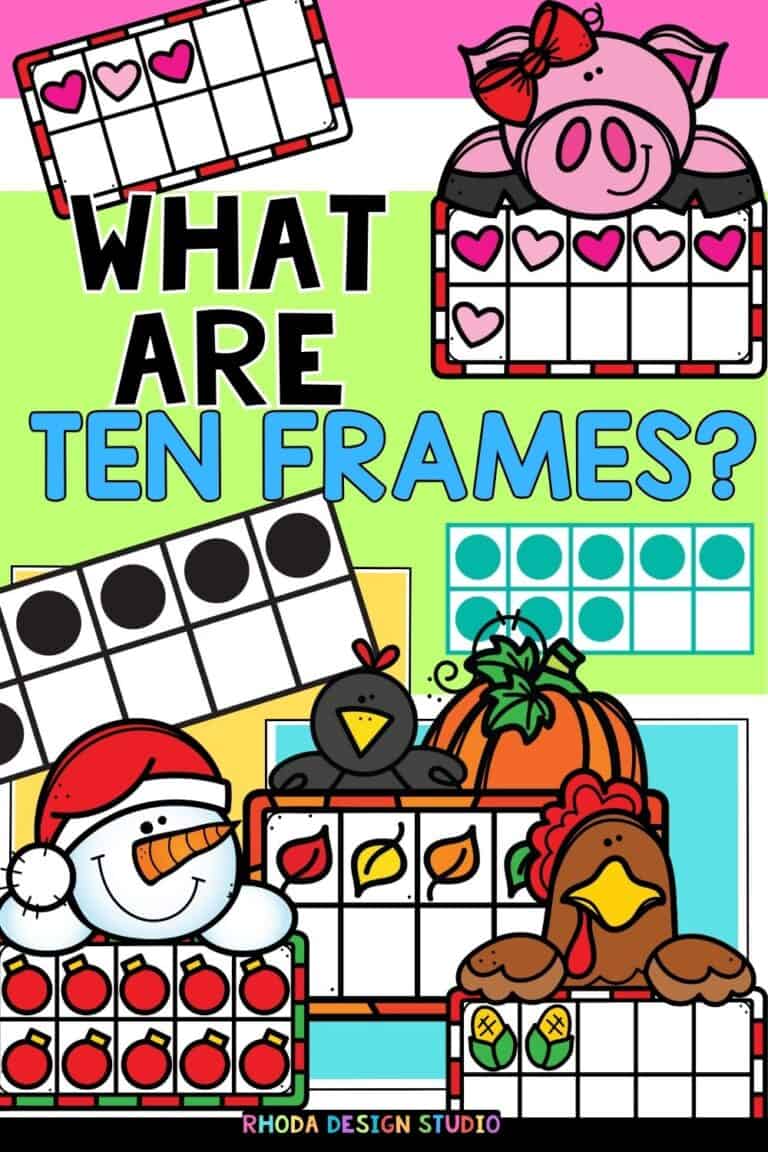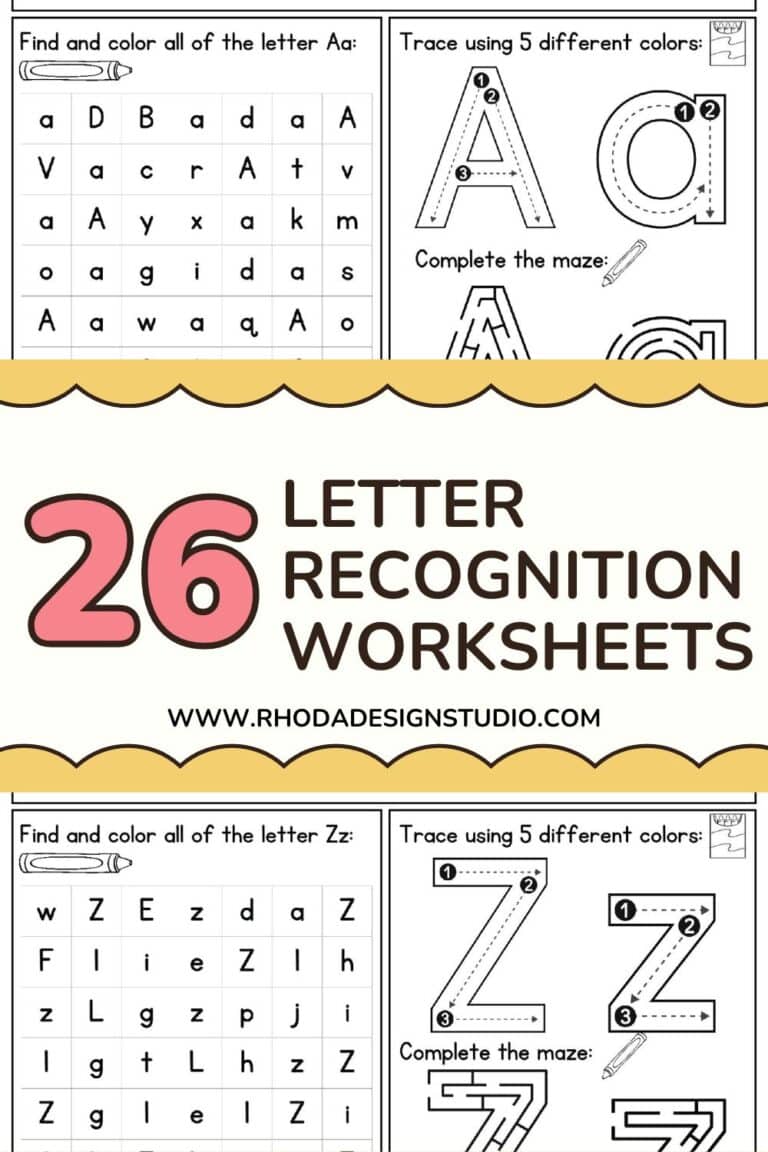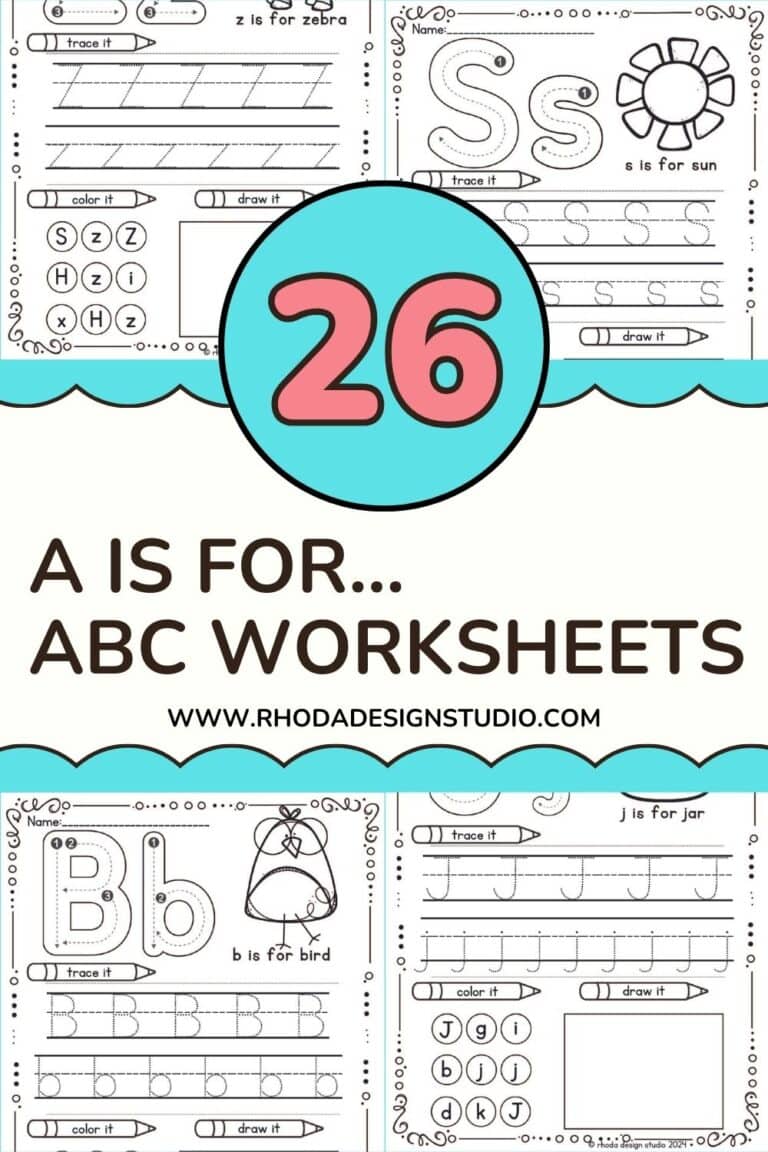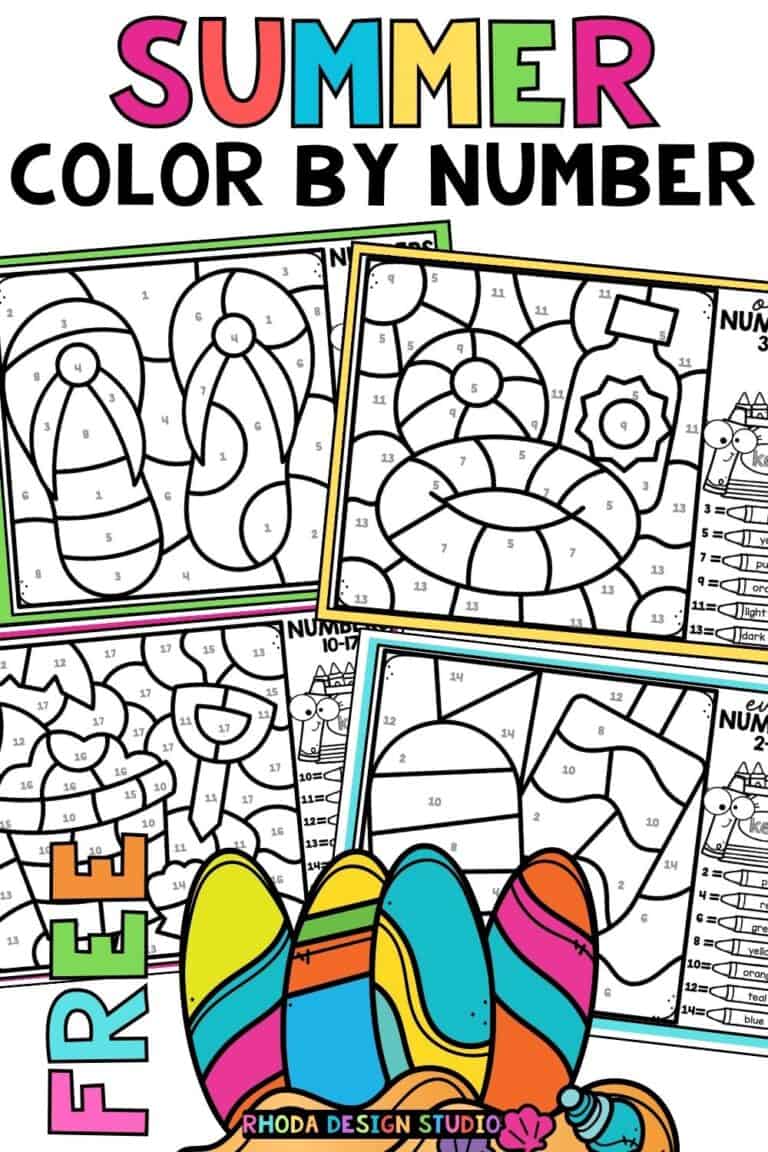Free Same Beginning Letter Sounds Worksheets for Early Literacy
In early literacy, letters are the base of all reading strategies. The introduction of beginning sounds to young learners marks a pivotal point in their educational journey. For preschoolers, kindergarteners, and first graders, moving beyond the mere recognition of abc printables to grasping the sounds that each letter makes opens up a universe of reading possibilities.
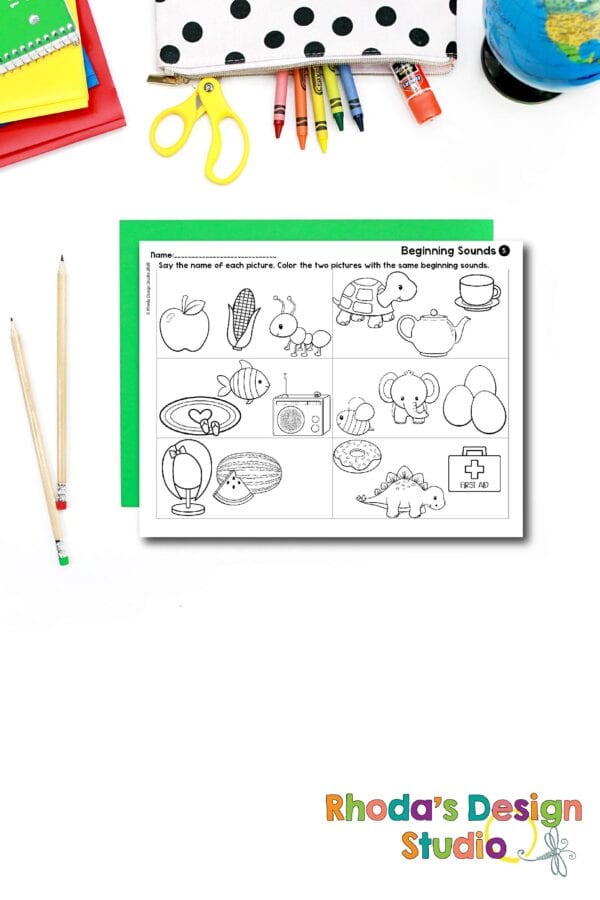
It’s an exciting transition from knowing the symbols of language to unlocking their power through phonemic awareness and phonics skills. This foundational step is not just about memorization but about igniting a curiosity for words and their construction, setting the stage for a lifelong love of reading.
Why Begin with Beginning Sounds?
Phonemic awareness, the ability to hear and manipulate the sounds in words, is a critical element of learning to read and write. By focusing on beginning sounds, educators and parents provide a concrete starting point for children to engage with the alphabet in a meaningful way. This skill aids in the decoding process, enabling learners to blend sounds fluently into words—an essential component of reading proficiency.
The Role of Beginning Sound Worksheets
Beginning sounds worksheets serve as a vibrant toolkit for practicing this vital skill. Designed to appeal to young learners, these resources merge the joy of coloring and crafting with the educational purpose of sound recognition. Through the completion of these worksheets, children can:
- Reinforce their understanding of each letter’s sound.
- Develop the ability to distinguish between different sounds at the start of words.
- Begin to connect sounds with corresponding letters, laying the groundwork for spelling and reading.
Engaging Young Minds with Initial Sounds Worksheets
The art of teaching beginning sounds thrives on variety and creativity. Initial sounds worksheets come in numerous formats, each tailored to hold the attention of young learners while effectively conveying the lesson. Some popular activities include:
- Coloring Pages: Children color items that start with the featured letter sound, blending the fun of art with phonics practice.
- Matching Games: Matching letters to pictures with corresponding beginning sounds fosters both recognition and recall, enhancing phonemic awareness.
- Cut and Paste Activities: By sorting images based on their starting sounds and physically manipulating the pieces, students engage multiple senses in the learning process, deepening their understanding.
- Digital Slides or BOOM Decks: Turn the lesson into a “game”. These resources are bright and vibrant. Students think they are getting to play a game while the adults know there is learning going on.
Implementing Beginning Sounds Worksheets
Whether you’re a literacy teacher, a homeschooling parent, or simply an advocate for early literacy, beginning sounds worksheets can be seamlessly integrated into your educational repertoire. Here are some suggestions for making the most of these resources:
- Literacy Centers: Set up a dedicated area in your classroom or home where children can explore beginning sounds through a range of worksheet activities.
- Summer Learning: Keep young minds sharp over the break by incorporating these phonics worksheets into a relaxed, summer learning schedule.
- Homework Enhancement: Supplement traditional homework with these phonics worksheets to encourage additional practice in a fun, engaging format.
- Tailored Homeschool Phonics Program: For homeschoolers, beginning sounds worksheets can serve as a core component of a customized phonics curriculum, adjusted to fit the pace and interests of each child.
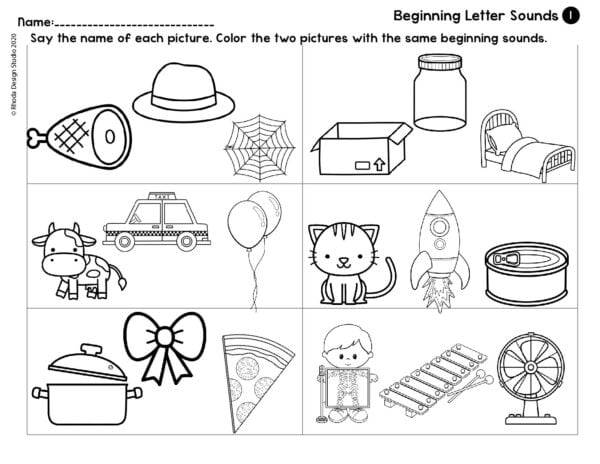
Beginning Letter Sounds Worksheet 1
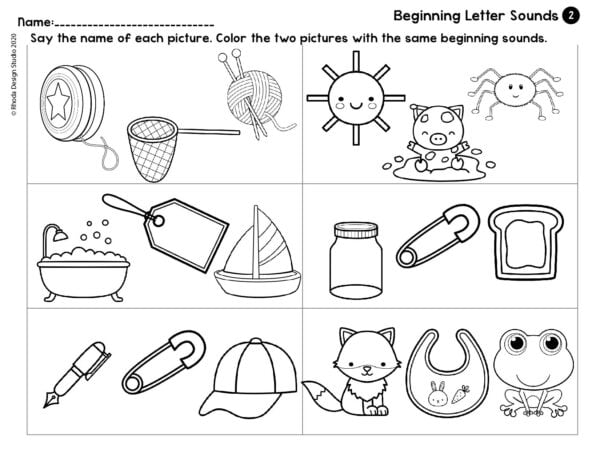
Beginning Letter Sounds Worksheet 2
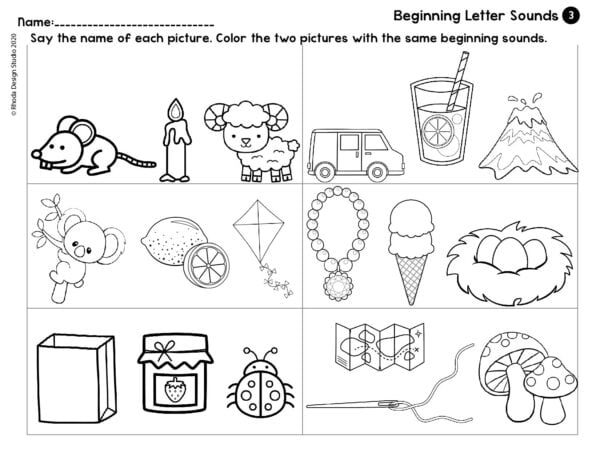
Beginning Letter Sounds Worksheet 3
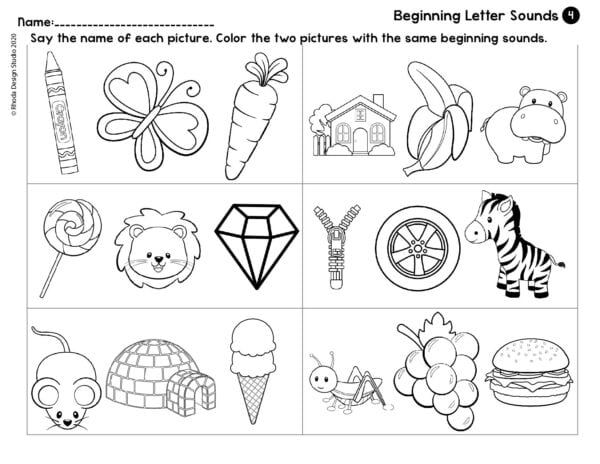
Beginning Letter Sounds Worksheet 4
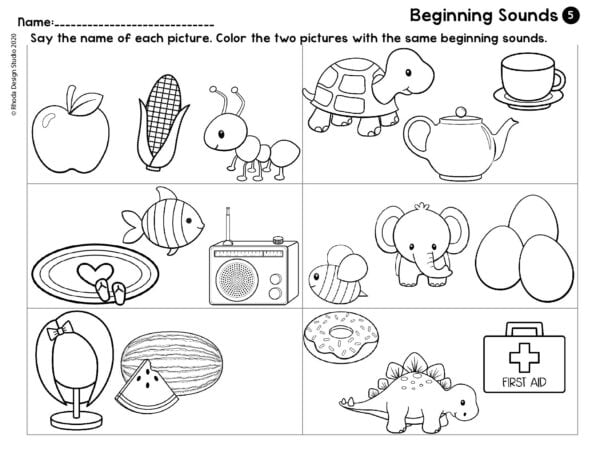
Beginning Letter Sounds Worksheet 5
Common Core Literacy Standards
CCSS RF.K.2d
Isolate and pronounce the initial, medial vowel, and final sounds (phonemes) in three-phoneme (consonant-vowel-consonant, or CVC) words. (This does not include CVCs ending with /l/, /r/, or /x/.)
RF.K.3a
Demonstrate basic knowledge of one-to-one letter-sound correspondences by producing the primary sound or many of the most frequent sounds for each consonant.
Reading Skills
- identifying letters
- recognizing letter sounds
- recognizing beginning sounds of words
